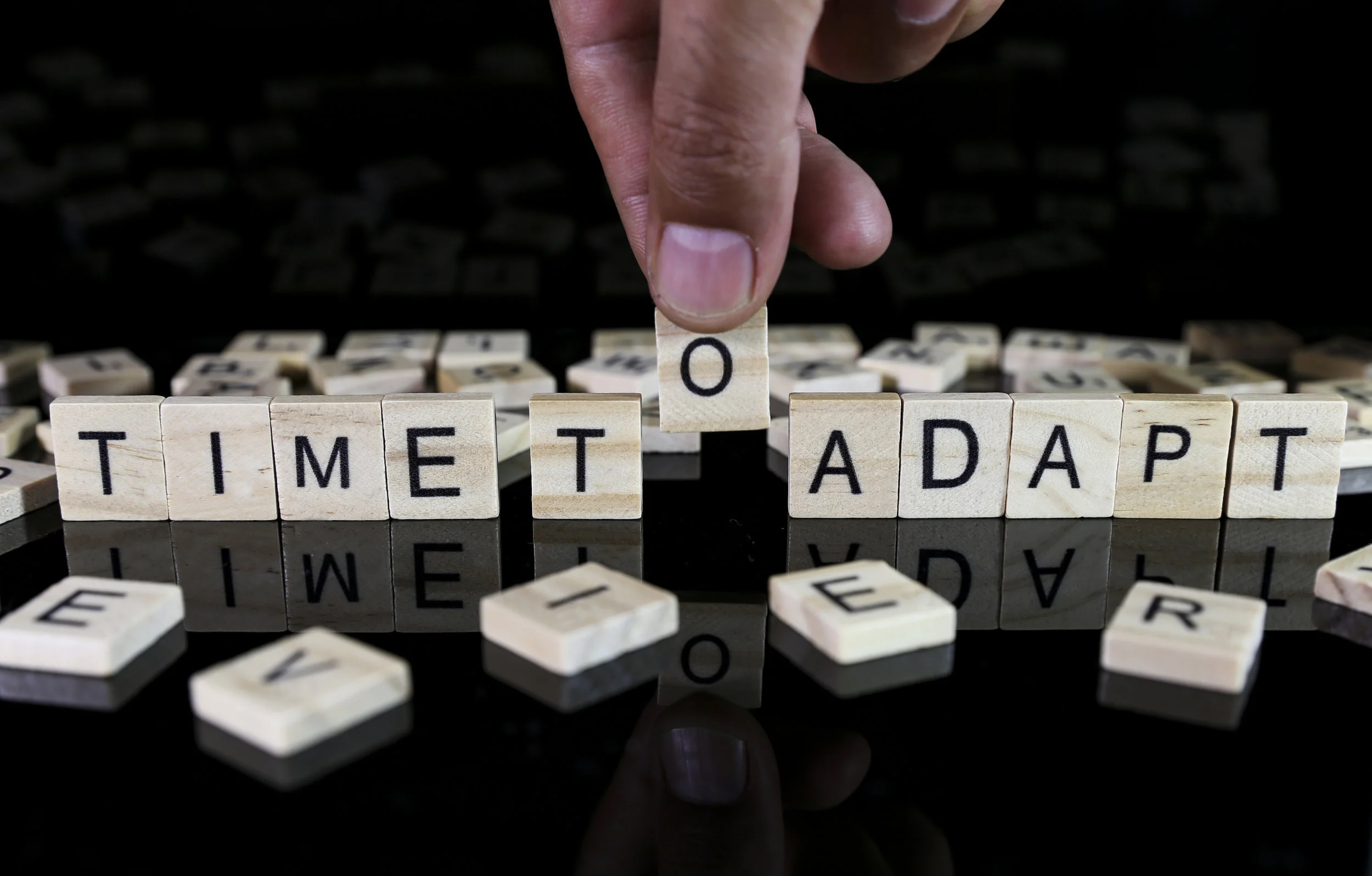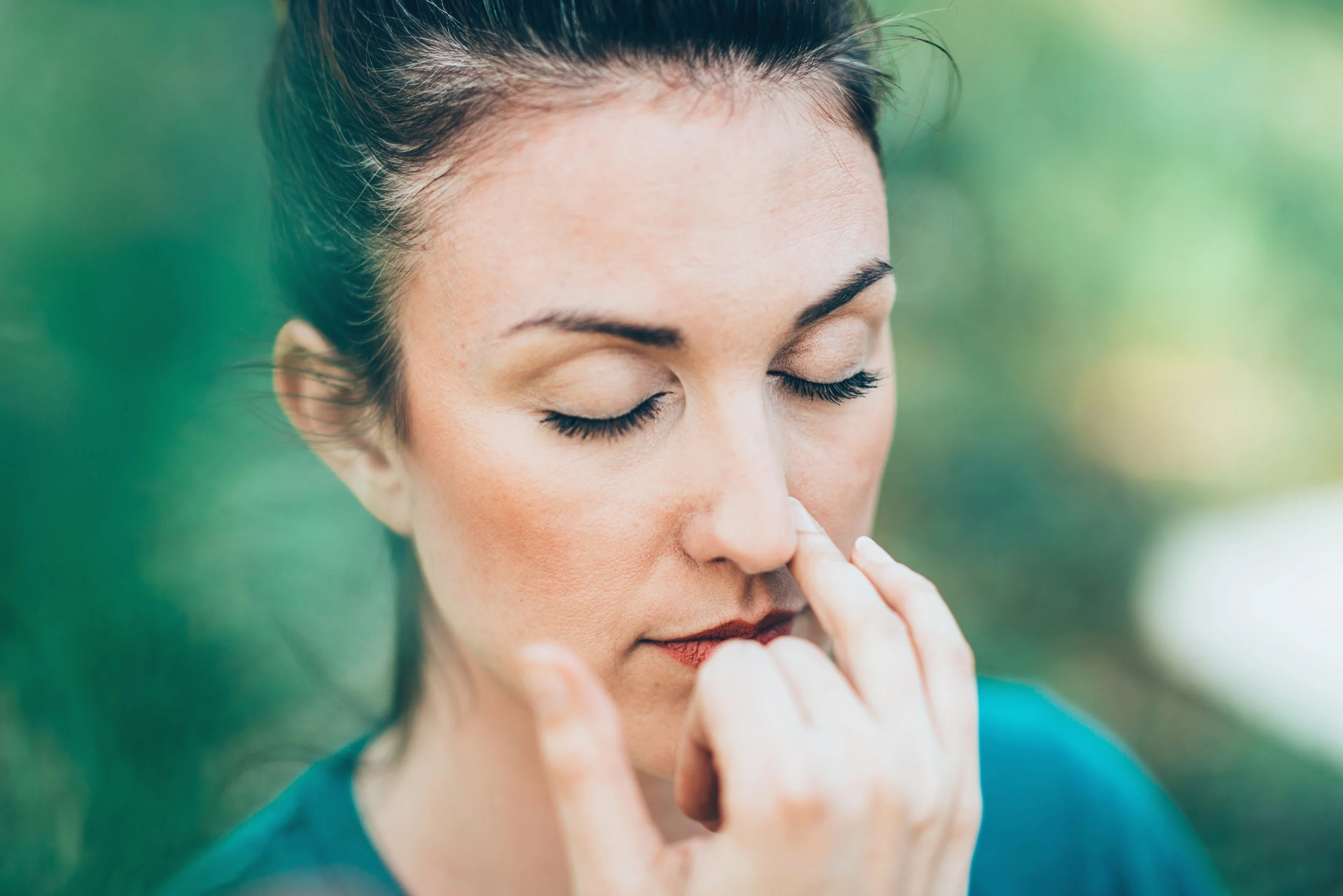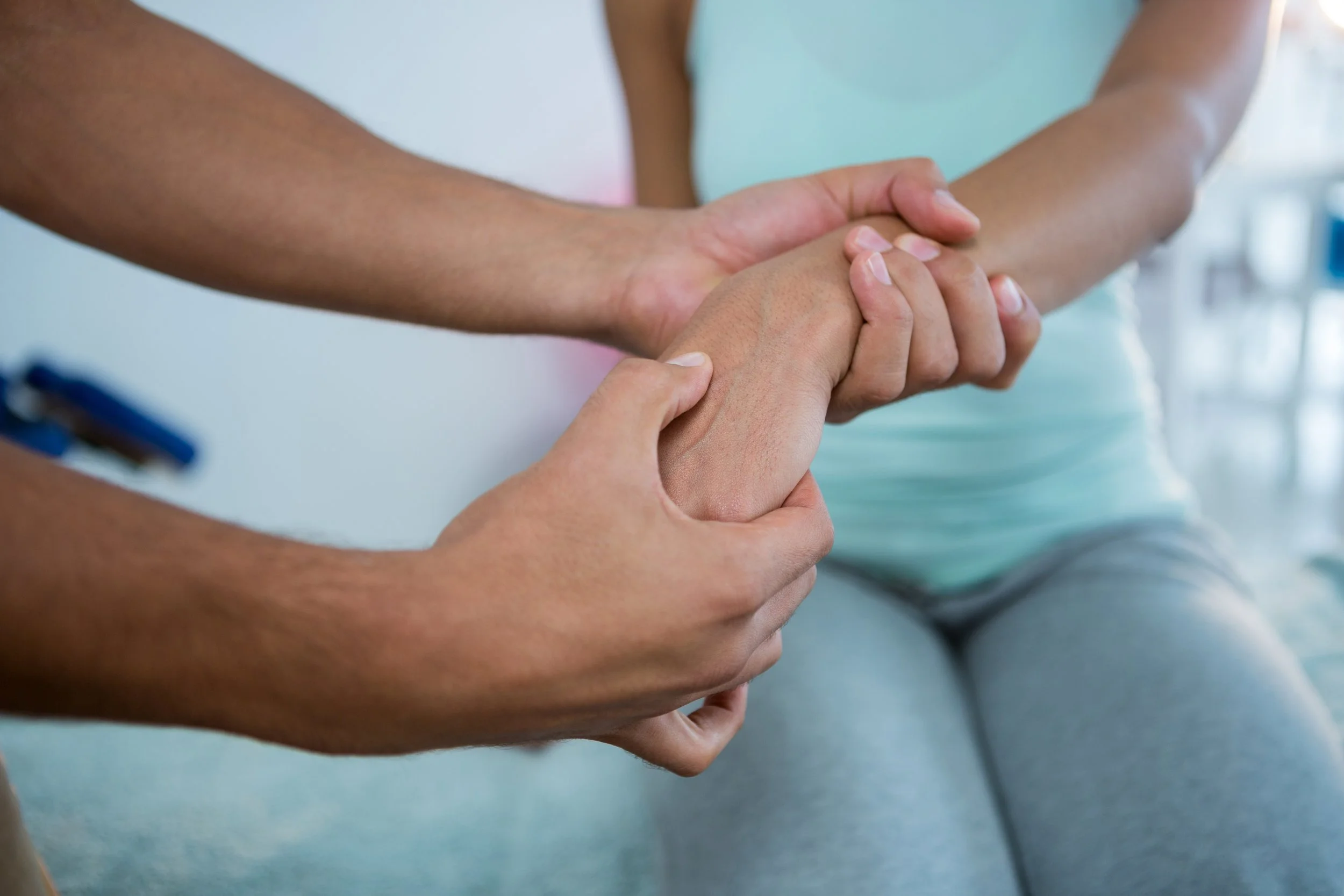The Alexander Technique for Back Pain
/The Alexander Technique is an educational process that takes place over a course of lessons and practice with the goal of teaching the person to become aware of and change habitual ways of using the body. The approach focuses on learning mind-body awareness. The main goal of the Alexander Technique - as it applies to back and neck pain - is to restore appropriate levels of muscle tension during common daily activities, such as sitting, standing up, and walking. Alexander Technique practitioners specifically do not make any claims as to medical benefit of the technique. The theory is that less tension will minimize wear and tear on the muscles and other structures of the spinevulnerable to compression.
History of the Alexander Technique
Frederick Matthias Alexander, an Australian actor who suffered from hoarseness only when he performed, originally developed the principles and discipline of the Alexander Technique in the late 1800’s. Following years of self-study, Alexander came to the conclusion that patterns of excessive tension originated from the head and neck but led to muscular strain throughout the body as a whole. He also concluded that faulty movement habits led to decreased kinesthetic perception. He developed a system of hands-on assistance as well as verbal cues to help clients stop their physical habit and move in a freer, more efficient manner.
Article continues below
Effectiveness of the Alexander Technique for Back Pain
Recent studies suggest that the Alexander Technique may be effective in providing back pain relief.
- In 2008, a study published in the British Medical Journal followed 579 patients over the course of a year in the “Randomised controlled trial of Alexander technique (AT) lessons, exercise, and massage (ATEAM) for chronic and recurrent back pain.” The study found that Alexander Technique lessons provided benefit to patients in terms of back pain relief and reducing recurrent back pain.1
- A subsequent study found that a series of six lessons in combination with a walking exercise program seemed to be the most effective and cost efficient option for the treatment of back pain in primary care.2
- A case study of a patient with a 25 year history of low back pain was found to have significant improvement in the symmetry of her balance responses and in the intensity and frequency of her low back pain. 3
At the time of this article, there are no studies regarding long term effectiveness of the Alexander Technique for pain relief of low back and/or neck pain.
Article continues below
Alexander Technique Approach
The Alexander Technique includes a recommended number of lessons with a qualified teacher, usually provided one-on-one. A typical Alexander Technique program teaches topics such as:
- How to comfortably sit up straight
- How to reduce overuse of superficial musculature in posture
- How to increase proprioceptive awareness
- How to become more attuned to the body's warning signs of tension and compression.
Teachers of the Alexander Technique are required to have completed three years of full time training as part of an accredited Alexander Technique teacher training curriculum, and many are certified by one or more of the Alexander Technique professional societies.
This article originally appeared on spine-health.com and was written by Diana Rumrill, PT











![Self-regulation “control [of oneself] by oneself"](https://images.squarespace-cdn.com/content/v1/55563e14e4b01769086817cb/1542845645966-PO2HGKF5JLUBM45UIWQ3/wee-lee-790761-unsplash.jpg)



















